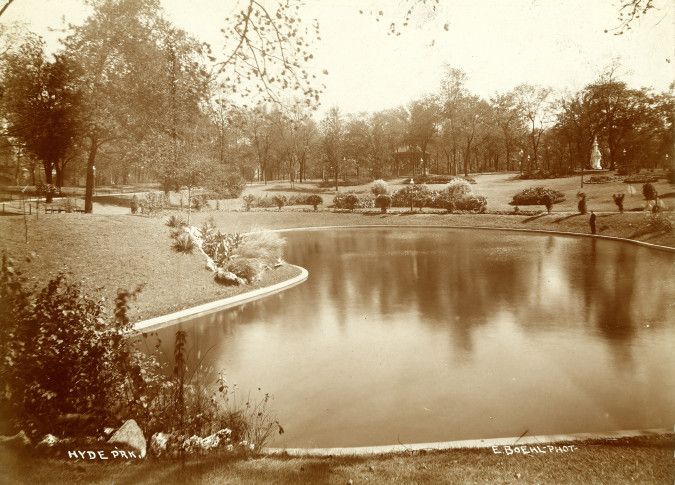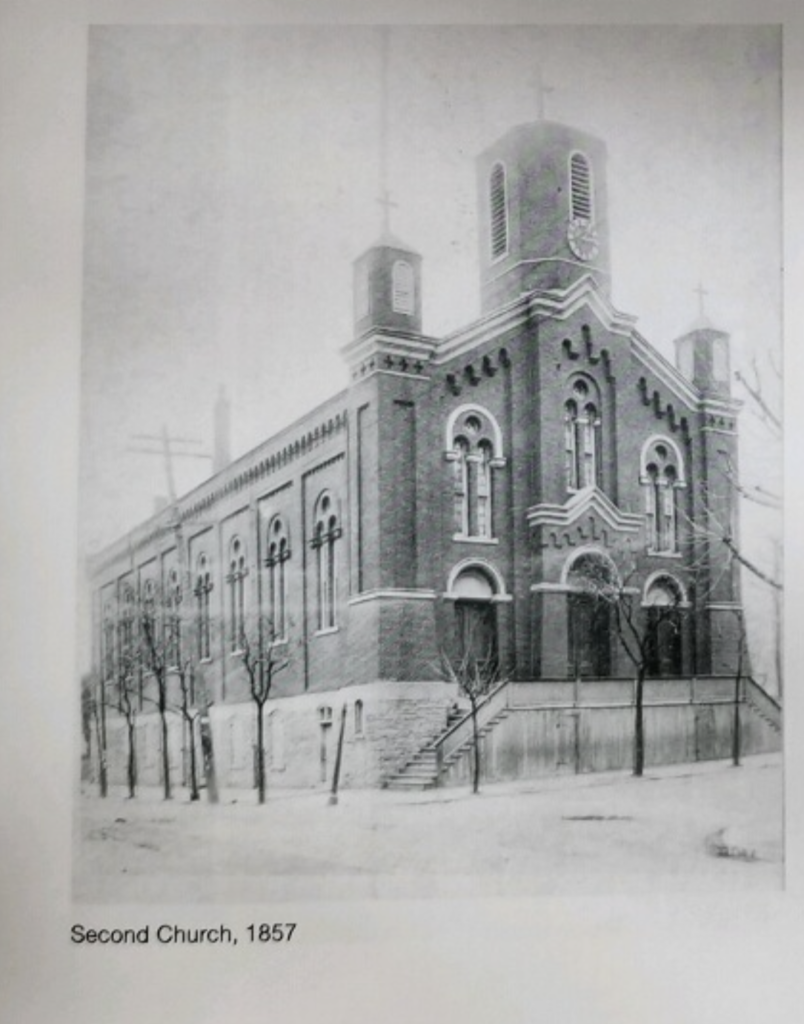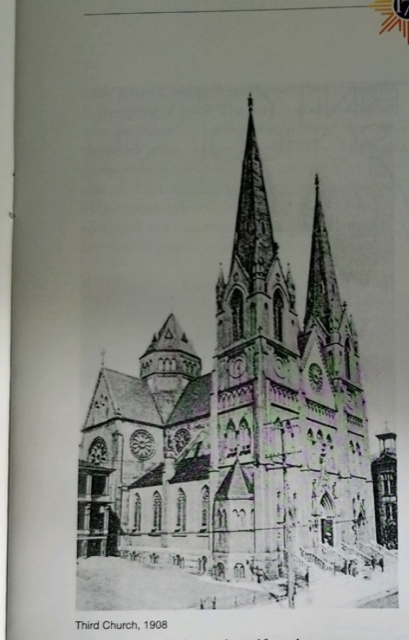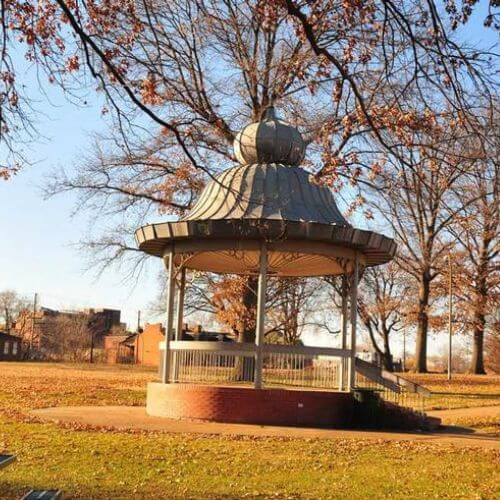Hyde Park, named after William Hyde, is an amazingly racially diverse neighborhood! Located at the foot of the McKinley Bridge. Hyde Park itself has sat in the middle of the neighborhood since the 19th century. The park saw history unfold during the Civil War. On July 4, 1863, four Union soldiers and two fairgoers died during a riot that exploded out of the wartime tensions in the city. There is evidence in the homes in Hyde Park of “underground railroads” that housed slaves.
The neighborhood known as Hyde Park was once the town of Bremen. Among the many Germans who migrated to the St. Louis area in the 1840’s were quite a few who were natives of the German city of Bremen. Since many of these families had settled along Bellefontaine Road, this area was given the name of New Bremen after their hometown. A survey of the town area was executed by Edward Hutawa in 1844 at the direction of the four principal property owners; George Buchanan, E. C. Angelrodt, N. N. Destrehan and Emil Mallinckrodt.

They were the incorporators of the town of Bremen in 1850 and the four east-west streets were named in their honor. Broadway was the main street and was dedicated as a public highway on May 10, 1852.

The Divoll Branch Library in Hyde Park, constructed in 1909, is one of five surviving Carnegie libraries in St. Louis. Named after Ira Divoll, “the father of public libraries in St. Louis” and superintendent for the St. Louis Public Schools in the 1860s, it was one of the first in the country to feature children’s books.
While the library closed in 1965, it is currently undergoing restoration, with plans to create an arts and sciences museum in the space. And keeping watch over the old library is the Corinthian Grand Avenue Water Tower.


Most Holy Trinity Catholic Church, a German settlement north of St. Louis City, New Bremen was founded by George Buchanan, E. C. Angelrodt, N. Destrehan and Emil Mallinckrodt, all prominent Catholics from the area. As the community grew these early leaders became aware that a parish of their own was necessary to minister to the neighborhood. And so the faith community of Holy Trinity Parish was begun. Most Holy Trinity is now called Saint Josephine Bakhita Catholic Church.

The park saw history unfold during the civil war on July 4, 1863, for Union soldiers and two fairgoers died during a riot that exploded out of the wartime tensions in the city. There is evidence in the homes in Hyde Park of “underground railroads” that housed slaves.
Hyde Park Brewery is one of the most notable industries to come out of the Hyde Park neighborhood. It was originally started in 1862 as Emmett Brewery, before later being renamed Hyde Park Brewery in 1876. Originally the brewery was at 15th and Salisbury, but in the 1880s, it was moved to N. Florissant and Salisbury. The brewery operated as the major beer producer in what was a predominantly German neighborhood into the mid 20th century. In 1948, the brewery became a part of Falstaff, and was sold again in the late 1950s before finally closing. Today, the remaining buildings have a variety of uses, including storage.